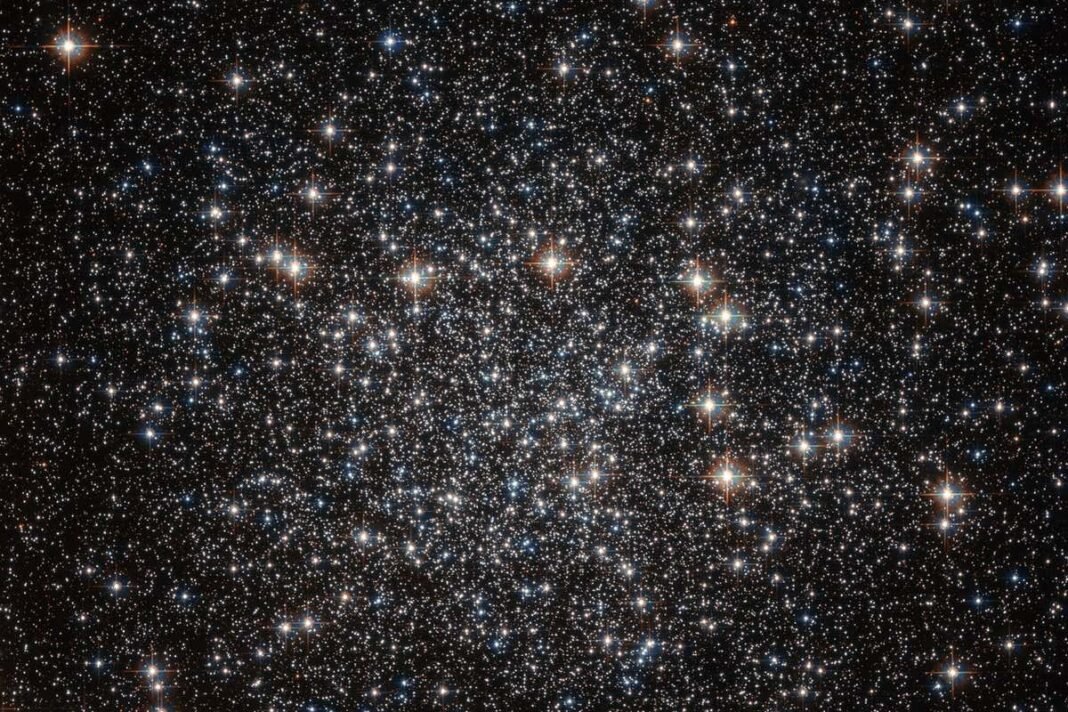The Daily Observer London Desk: Reporter- John Furner
Stars have an innate twinkle
ESA/Hubble and NASA
Stars have an innate twinkle that comes from gas rippling from the core to the surface. Researchers have now converted these oscillations into sound to help figure out how it happens.
From here on Earth, stars appear to twinkle because the atmosphere bends and fragments the light before it gets to our eyes – in the same way that city lights twinkle when looking down on them from an airplane window. But stars also dim and brighten over the course of months, though it is too subtle for our eyes to capture.
Evan Anders at Northwestern University in Illinois and his colleagues have used a computer model to create the first 3D simulation of this rippling energy, enabling them to quantify the intervals and frequencies at which twinkling happens.
At the heart of a star is a whirlwind of hot and cold gasses churning and mixing and getting pushed outwards in ocean-like waves. Some waves bounce around within the star, and others travel outwards, making it to the surface, slightly changing the star’s temperature and, as a result, its brightness.
The researchers found that the bigger and brighter the star is, the larger the waves, and so the more twinkling. A star about three times the size of the sun, for example, would have twinkling that is about 10 times stronger.
To better grasp the subtle variations that different-sized stars have in their twinkling, they also converted the simulated rippling waves of gas into sound waves audible to humans.
It turns out massive stars of different sizes are just like different instruments from the same family, says Anders.
“The smaller stars in our study are more like the violin, where they have some more high-pitched noises because they have a smaller wave cavity, just like a violin has a smaller wave cavity,” he says. In the case of a star, the wave cavity is how much space the gas waves have to reverberate in from the core to the surface. “And our larger stars have a bigger wave cavity, just like a cello has a bigger wave cavity, so they have some deeper noises.”
Studying the gentle oscillation of starlight this way can serve as a window into stars’ interior, which would otherwise be completely unknown, even for the sun, says Philipp Edelmann at Los Alamos National Laboratory in New Mexico.
Factors other than size may also affect this innate star twinkle – for instance, the effects of the magnetic fields inside the stars and the effects of star rotation, says Edelmann. Since massive stars are responsible for generating the oxygen we breathe and the molecular cloud that formed our solar system, learning more about these celestial formations is imperative.
:



